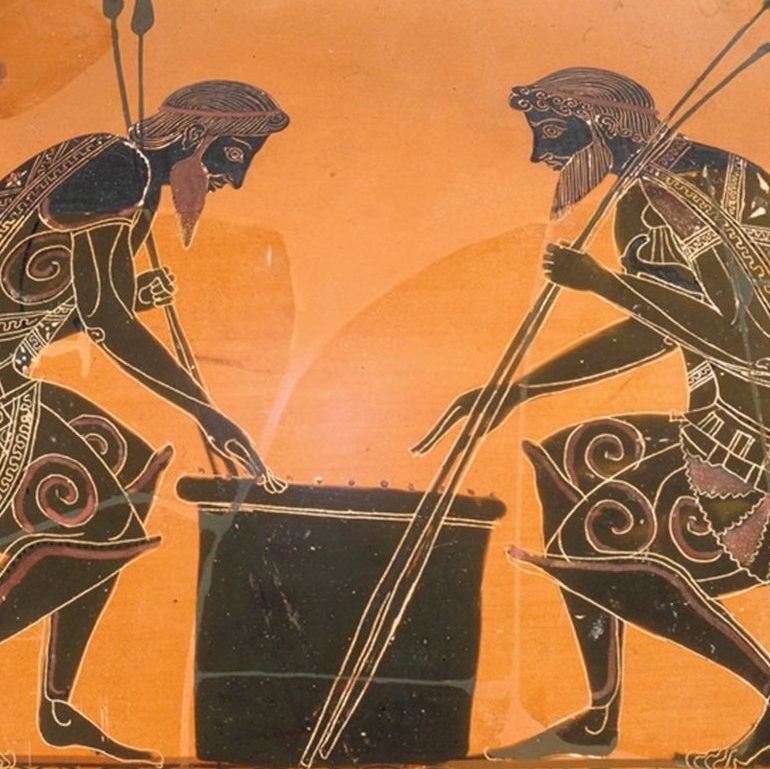Uruguay, they say in Ooruɣwai, is the ubiquitous ham in the sandwich between the baguette-size slices of Brazil and Argentina. If it bites on those populations, the teeth are heading for the Uruguayans (Uruguayos – Ooruɣwaishos) The 3.3 million-person nation (1.1 million in the capital of Montevideo) is formally the Oriental Republic of Uruguay. According to the Ecomomist‘s “quality of life” rankings, little (second smallest nation in South America, after Suriname) overlooked Uruguay has the 46th best quality of life in the world, out of 111 ranked nations, third in SA, after neighbors Brazil and Argentina. In case you were wondering (and I know you were) health care is split between what is referred to as private care, funded by a 6% payroll tax, and public care, for those who can’t contribute to the former, funded by other government revenues. Uruguay was the first country in SA to legalize same sex unions.
Originally settled and contested by the Spanish and Portuguese, Uruguay has a British history too, but like Argentina and the United States is now largely populated by the descendents of a late nineteenth and early twentieth century European immigration, mostly Italian and Spanish. The fiercely resistant indigenous population, the Charrúa, forestalled widespread colonial settlement throughout the sixteenth century, but ultimately were effectively exterminated by a deliberate, documented campaign of genocide. DNA studies reveal, however, that there is an approximately 20% Amerindian genetic component in the present population. As elsewhere in the Western Hemisphere there was a significant African slave population that survives in a small Afro-Uruguayan minority. There is a significant Jewish minority, too, in a Roman Catholic nation that contains the highest percentage of agnostics and atheists in South America. The Africans were the source of Umbandan spiritual traditions and Yemanja, a Yoruban orisha, or spirit, invoked today in seaside rituals.
The Central Uruguayan Railroad opened its first line in 1869. As roadways expanded in the small nation, the importance of the rail lines diminished. The dictatorship of the seventies and early eighties permitted the system to fall into disrepair. The central depot and repair facility, opened in Peñarol in1891, still operates, now with 200 employees instead of a one-time 2000. Work for the railroad is a multi-generational family tradition, as is working, still, with the early twentieth-century British machines and tools that the workers rave still function and never break down The Peñarol station is a working museum of the mid industrial revolution. The collection of locomotives stretches back to the 1880s, and the workers, all passionate about trains, are intent on returning them all to running order.
Uruguay’s Carnival is the longest in the world, at 40 days. Participants prepare for months before, and the various celebrations, theatricals, and revues are central to Uruguayan life. All the floats and costumes are made of recycled materials. The cuerdas consist of dozens of drummers, along with dancers and stock theatrical characters, in dozens of competing teams.

It’s been a hard day’s night.
Photography by Julia Dean, except where noted.
AJA


















Hi would you mind stating which blog platform you’re working with? I’m going to start my own blog soon but I’m having a tough time making a decision between BlogEngine/Wordpress/B2evolution and Drupal. The reason I ask is because your layout seems different then most blogs and I’m looking for something unique. P.S Sorry for getting off-topic but I had to ask!